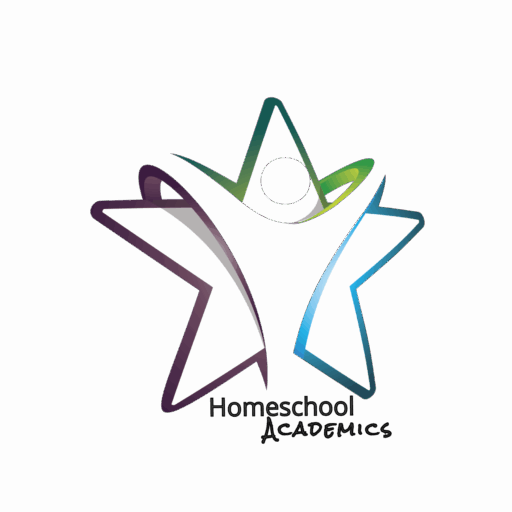Somewhere between snack time and losing yet another sock, a curious question tends to float through the minds of those shepherding young learners: “When do kids actually master reading and spelling?” As in, not just sounding out “cat” or spelling “dog” like “dawg,” but actually reading a book without a meltdown and spelling words without summoning every phonics rule known to mankind.
It turns out, the answer is somewhere between “it depends” and “definitely not all at once.”
Reading: A Slow Burn with a Big Payoff
Reading doesn’t usually arrive in a single thunderclap of brilliance. It’s more like popcorn—some kernels pop early, others take their sweet time, and a few need extra heat (and maybe a little butter).
By age 5 or 6, many children start to crack the code, matching letters to sounds and decoding those early-reader masterpieces featuring dogs, pigs, and very enthusiastic kids named Max. Between ages 7 and 9, reading starts to feel more fluid. This is when things get exciting—books get longer, characters get sassier, and comprehension grows deeper.
Fluent, independent reading usually settles in by ages 8 to 10, give or take a year (or three). Some kids leap ahead. Others take the scenic route. All of it is normal.
Spelling: The Trickier Twin
If reading is the lovable, outgoing sibling, spelling is its quirky cousin who insists on following 75 rules—half of which contradict each other and none of which apply on Thursdays.
Spelling typically lags a bit behind reading. In the early years (ages 5–7), kids spell words the way they sound. So “elephant” might become “elfnt.” Cute? Yes. Accurate? Not quite. Around ages 7 to 9, conventional rules start to stick: silent e’s, vowel teams, sneaky suffixes, and the occasional “why does ‘knight’ have a ‘k’?” moment.
By ages 10 to 12, most students are spelling with solid accuracy, especially for words they see regularly. Mastery takes time, exposure, and usually, a patient adult nearby muttering “i before e except after c… usually… maybe… oh forget it.”
The Real Secret? Everyone’s Timeline Is Different
Some children bloom early, reading chapter books before they lose their first tooth. Others might not feel confident until middle school—and that’s not a red flag, it’s a different pace. Especially for neurodivergent learners, mastery often comes with the right supports, not with the ticking of a grade-level clock.
Mastery is not just about speed—it’s about confidence, comprehension, and consistency. It’s knowing that when the word “through” appears, no one panics (and no one tries to sound out “thur-awguh”).
So… When Does It Really Happen?
In short:
- Reading mastery typically lands between ages 8–10.
- Spelling mastery tends to settle in between ages 10–13.
But here’s the real kicker: neither is a one-and-done milestone. They both continue to grow and evolve through exposure, curiosity, and experience—kind of like learning to cook. First you burn toast. Later, you make lasagna from scratch. Eventually, you spell “lasagna” correctly on the first try. Maybe.
| Age | Stage | Typical Reading Abilities |
|---|---|---|
| 3–4 | Pre-reader | Recognizes letters, rhyming, environmental print (e.g., “STOP” signs) |
| 5–6 | Beginning reader | Knows letter-sound correspondences, decodes simple words, reads simple sentences |
| 6–7 | Emerging reader | Reads basic stories, improves fluency and comprehension, starts self-correcting |
| 7–9 | Transitional reader | Moves from learning to read → reading to learn; improves fluency and vocabulary |
| 9–12 | Fluent reader | Reads longer texts with comprehension; handles age-appropriate fiction and nonfiction |
| 12+ | Advanced reader | Analyzes themes, infers meaning, reads for pleasure and study; adjusts for genre and purpose |
Mastery of reading (i.e., fluent, independent reading with comprehension) is typically expected around ages 8–10, but this varies. Some children, especially those with dyslexia or other learning differences, may need longer.
| Age | Stage | Typical Spelling Development |
|---|---|---|
| 4–5 | Pre-phonetic | Scribbles, random letters, or first-letter use (e.g., “d” for “dog”) |
| 5–6 | Early phonetic | Spells based on sounds (e.g., “kat” for “cat”), uses inventive spelling |
| 6–8 | Phonetic to transitional | Learns rules (silent e, plurals), recognizes irregular words |
| 8–11 | Conventional spelling | Applies rules with greater consistency; increasing accuracy |
| 12+ | Mastery and refinement | Expands vocabulary, refines spelling through reading and writing |
Spelling mastery is more gradual. Many children continue refining spelling into middle school (ages 11–13). Mastery for grade-level words is often expected by grade 5 or 6, but again, variability is normal.
Notes:
- Early readers ≠ early spellers. Some children read well before spelling catches up.
- Neurodivergent learners (e.g., with dyslexia, dysgraphia) may follow a different timeline and need structured, explicit instruction (like Orton-Gillingham).
- Mastery means consistent, automatic use—not just occasional accuracy.


